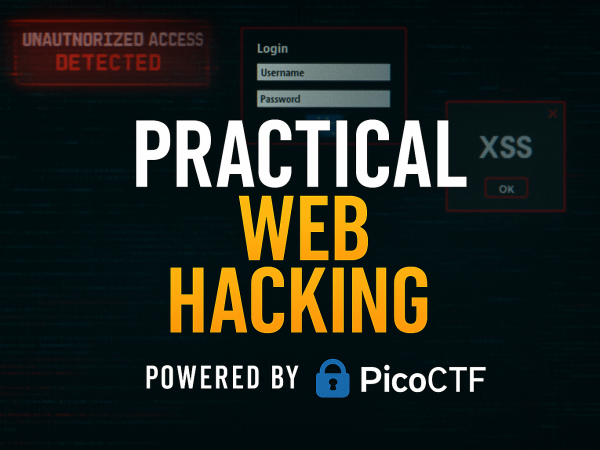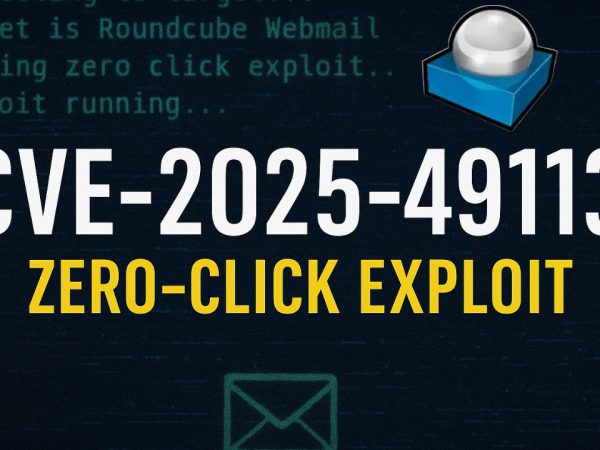We covered a practical case study where we discussed the tactics, techniques and procedures used by advanced persistent group APT28. As a soc analyst, you are required to research and hunt for techniques and tactics used by advanced persistent groups to spot an ongoing attack or prevent one from happening to your organization. This was part of TryHackME Eviction.
MITRE ATT&CK Framework
Its important to learn how to leverage this framework to understand the tactics, techniques, and procedures (TTPs) employed by threat actors like AP28. I should also stress the importance of using the MITRE ATT&CK Navigator for identifying these TTPs is highlighted.
Please visit this link to check out the MITRE ATT&CK Navigator layer for the APT group and answer the questions below.
Advanced Persistent Threat (APT)
Defined as sophisticated and often difficult-to-detect attacks that can persist within a network once infiltrated.
Threat Hunting
Threat Hunting involves actively searching for potential threats within a network, even in the absence of specific alerts, based on intelligence.
Living off the Land
This refers to attackers’ technique of utilizing legitimate, built-in system binaries to execute malicious actions, thereby evading detection.
Lateral Movement
Describes the attacker’s ability to navigate and move between different machines within an organization’s network after initial access.
Actions on Objective
This represents the final stage of an attack where adversaries achieve their ultimate goals, such as data exfiltration or system disruption.
TryHackMe Eviction Room Answers
Sunny identified that the APT might have moved forward from the recon phase. Which accounts might the APT compromise while developing resources?
If the above technique was successful, which scripting interpreters should Sunny search for to identify successful execution? (Answer format: <technique 1> and <technique 2>)
While looking at the scripting interpreters identified in Q4, Sunny found some obfuscated scripts that changed the registry. Assuming these changes are for maintaining persistence, which registry keys should Sunny observe to track these changes?
Sunny identified that the APT executes system binaries to evade defences. Which system binary’s execution should Sunny scrutinize for proxy execution?
Sunny identified tcpdump on one of the compromised hosts. Assuming this was placed there by the threat actor, which technique might the APT be using here for discovery?
It looked like the primary goal of the APT was to steal intellectual property from E-corp’s information repositories. Which information repository can be the likely target of the APT?
Although the APT had collected the data, it could not connect to the C2 for data exfiltration. To thwart any attempts to do that, what types of proxy might the APT use? (Answer format: and )
Congratulations! You have helped Sunny successfully thwart the APT’s nefarious designs by stopping it from achieving its goal of stealing the IP of E-corp.



